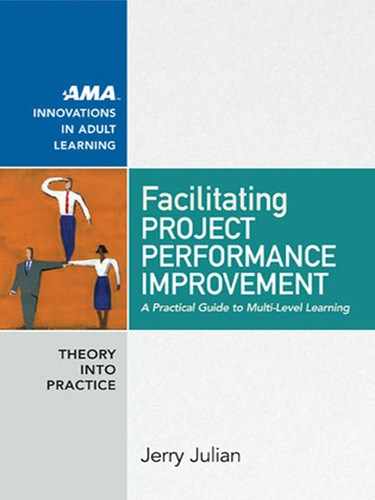72 Roles
American Management Association
www.amanet.org
be done by secret ballot. This process is iterated until members report that
they are comfortable moving forward.
In accordance with the core values of e ective intervention, ground
rules should be freely accepted and agreed to by each group member.
When such agreement has been achieved, the rules can always change, yet
they provide group members and facilitators with an agreed- upon means
of intervening to get a team back on track. When groups have trouble
developing their own list of ground rules, the multi- level learning coach
can use the models discussed in this chapter to develop an initial list. An
example of a “starter list” is given in Table 3.1 and includes the following:
Test assumptions and inferences; share all relevant information; focus on
interests, not positions; explain the reasoning behind statements; invite
questions; stay focused; no cheap shots or jokes at others’ expense; do not
interrupt while others are speaking; silence is not consent; assume that
people did the best they could given the situation they were in; start and
end group sessions on time; keep to agreements on prework and follow-
ups. You will probably be able to add to this list by drawing on your back-
ground and experience in either leading or working with e ective teams.
CONCLUSION
The multi- level learning coach is well served by using the core values of
e ective group intervention: valid information, free and informed choice,
and internal commitment to choices. The coach brings a number of skills
to her work, including highly e ective facilitation, asking questions that
generate deeper insight, helping members navigate organizational change,
and familiarity with the business and technical context within which her
clients work. Although she is not simply a group facilitator, the coach can
help teams improve their group process when dysfunction blocks learn-
ing and productive re ection. Models of group processes were covered,
including e ective communication, problem solving, decision making,
con ict resolution, and boundary management, so that coaches can make
use of the diagnosis- intervention cycle to intervene when required. Estab-
lishing agreed- upon ground rules that re ect models of e ective group
processes enable both the coach and the teams with which he is working

The Multi-Level Learning Coach 73
American Management Association
www.amanet.org
to keep one another on track and ensure an environment of safety, par-
ticularly when discussing di cult or sensitive topics.
In the next chapter, we discuss the role of the project and program
management o ce and the ways in which the leaders of these functions
can help to facilitate cross- project learning and continuous improve-
ment.
TABLE 3.1
List of Useful Ground Rules
䡲
Test assumptions and inferences
䡲
Share all relevant information
䡲
Focus on interests, not positions
䡲
Explain the reasoning behind statements
䡲
Invite questions
䡲
Stay focused
䡲
No cheap shots
䡲
Limit interruptions
䡲
Silence is not consent
䡲
Assume that people did the best they could
given the situation they were in
䡲
Start and end group sessions on time
䡲
Keep to agreements on prework and
follow-ups
..................Content has been hidden....................
You can't read the all page of ebook, please click here login for view all page.
